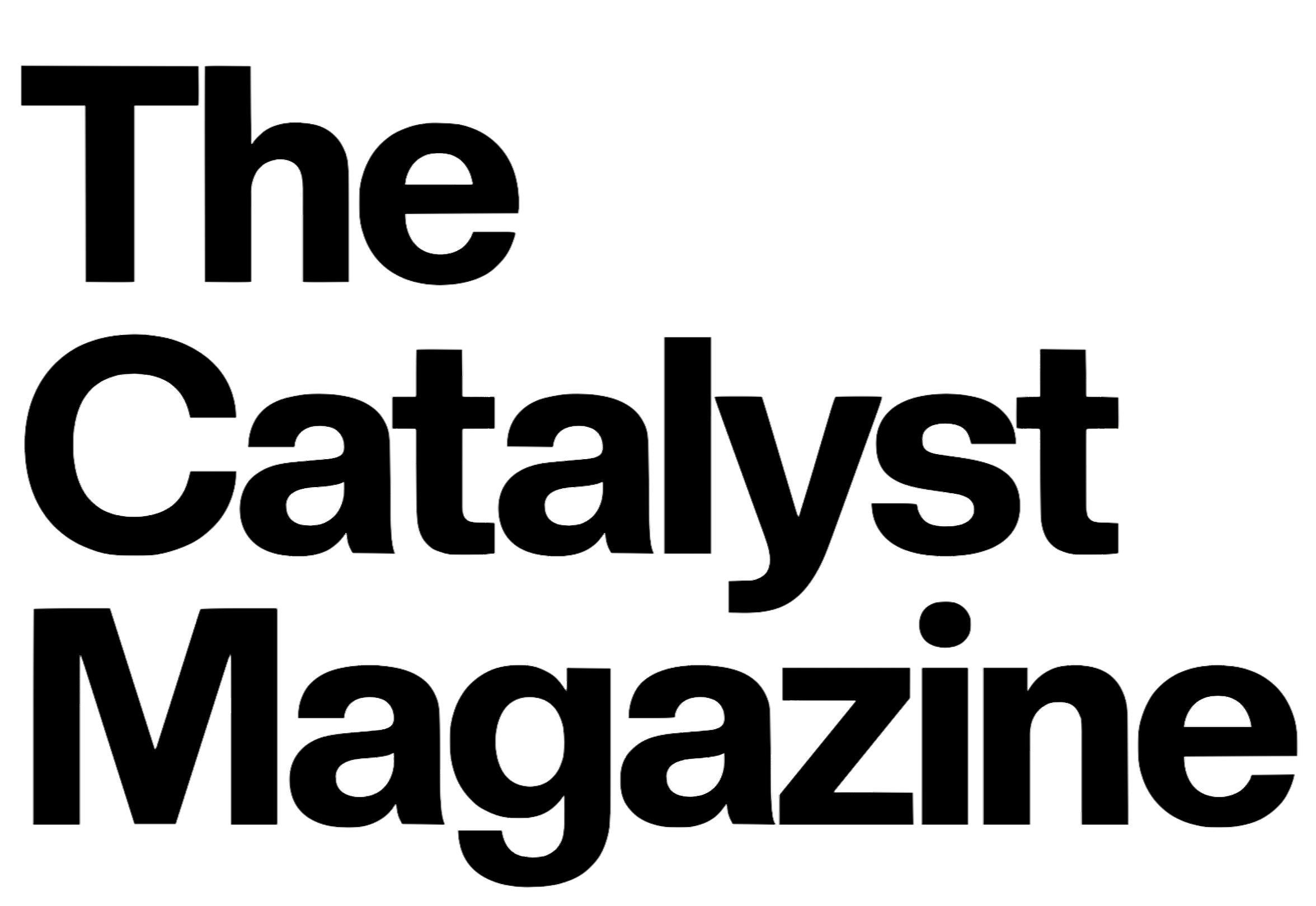The Declarative/Procedural Model: Understanding Language and Memory
- Yair Ben-Dor
- May 16
- 5 min read
Updated: Jul 24
Architect of the Declarative/Procedural Model
Michael T. Ullman, Ph.D., is a professor in the Department of Neuroscience at Georgetown University and director of the Brain and Language Lab. This lab researches the neurocognitive bases of language and memory. While earning his doctorate in Brain and Cognitive Sciences at the Massachusetts Institute of Technology (MIT) in the early 1990s, Dr. Ullman proposed the declarative/procedural (DP) model. This theoretical framework provides key insights into the neural bases of language learning and use. His work is widely cited and has applications in studying the neurocognition of language, memory, and other cognitive domains.
Dr. Ullman’s Path: The Road to Neuroscience
Dr. Ullman's interest in science has deep roots, stemming from his childhood. “When I was a kid, I was always interested in nature and science. My best friend’s father in San Francisco was an early geneticist. I thought, ‘Oh, genetics would be cool,’” he shared. He initially majored in biochemistry at Harvard. However, he later realized that working in a lab with Petri dishes wasn't his passion.
After his sophomore year, he took a four-year break from school. He helped start up a computer company and traveled internationally. When he returned to Harvard, Dr. Ullman switched his major to computer science, focusing on cognitive science and language. He hoped to use this knowledge to launch another company, this time in machine translation.
As Dr. Ullman delved deeper into science, he decided to pursue a Ph.D. at MIT. There, he studied language under the mentorship of Dr. Steven Pinker, a renowned psychologist in psycholinguistics. Although he appreciated his mentor’s cognitive approach to language, Dr. Ullman was intrigued by the neurobiological mechanisms behind it. With guidance from Dr. Pinker and Dr. Suzanne Corkin, he began studying patients with neurological disorders, including Alzheimer's, Parkinson's, and Huntington's diseases. These disorders primarily impaired different brain regions, offering a unique window into how language is processed neurologically. During this research, he developed the DP model.
Foundations of Memory: Declarative and Procedural Systems
To understand the DP model, it is necessary to explore the two types of memory fundamental to the human (and animal) brain. Psychologists and cognitive neuroscientists categorize learning and memory into two main types: declarative memory and procedural memory.
Declarative Memory
Declarative memory involves conscious recall of information, including facts and personally experienced events. An example of this is knowing historical dates or recalling details from a vacation. Essentially, it's remembering things that can be verbally expressed.
Procedural Memory
On the other hand, procedural memory supports non-conscious learning and retrieval of skills and habits. This type of memory involves actions like riding a bike or typing without looking at the keyboard. It is the "knowing how" aspect of memory.
Researchers have found that these two memory systems operate in distinct brain regions. Declarative memory primarily involves structures in the medial temporal lobe, such as the hippocampus. In contrast, procedural memory largely involves the basal ganglia. These two "classes" of memory are the focus of the DP model.
Formulating the Declarative/Procedural Model
The DP model posits that our brain encodes different components of language into distinct regions. This aligns with the pre-established memory systems associated with declarative and procedural memory. Previous research established two critical components of language.
Mental Lexicon and Mental Grammar
First, the mental lexicon refers to the collection of words in our mental repertoire. Essentially, it includes the connections the brain forms between a group of sounds and their meanings. The second component is mental grammar. This refers to the operations our brain performs to communicate using the mental lexicon. For instance, native English speakers can easily say, "I ate an apple" or "I’ll eat an apple." However, they do not consciously think about this process.
As Dr. Ullman analyzed his study participants, he noted striking contrasts in the types of language impairments seen with various neurological disorders. Alzheimer’s patients primarily displayed issues with learning and retrieving words, while those with Parkinson’s showed more grammatical errors.
While pondering this work during a hike, Dr. Ullman experienced an "aha moment," which led to the development of the DP model. He stated, “Grammatical deficits may be due to problems with underlying procedural memory; lexical deficits with declarative memory.” He recognized that as observational patterns aligned with the characteristic patterns of neurodegeneration in both diseases. Alzheimer’s involves degeneration in the temporal lobe structures, which relate to declarative memory, while Parkinson’s affects the basal ganglia, associated with procedural memory.
Scientific and Practical Applications of The DP Model
Language, Disorders, and Evolution
The DP model has extensive applications. Since Dr. Ullman introduced his theory in 2001, he has continued to explore various aspects of language neurocognition. His research includes second-language acquisition, bilingualism, and language disorders. It also covers other areas of cognition, such as math and music learning.
This model not only highlights the physical basis of language in clinical settings but also sheds light on important principles of evolutionary biology. These principles help scientists understand human linguistic development. “The procedural model is based on the idea in evolutionary biology that new functions tend to rely on existing mechanisms that are repurposed,” Dr. Ullman explained.
His model supports an evolutionary perspective, indicating that human capacity for language has organized itself within the brain's pre-existing learning structures — particularly those underlying declarative and procedural memory.
Applications for Students: Optimizing Memory Science for Effective Learning
Dr. Ullman’s work seamlessly bridges cognitive and linguistic functions with their underlying neurobiology. His findings contribute not only to language studies but also to broader research in learning and cognition.
Many students, especially those studying biology or psychology, engage in content memorization daily. This process heavily involves declarative memory — requiring them to understand principles and associate terms with their meanings. For instance, relating the term “mitochondria” to the phrase “powerhouse of the cell” is a form of declarative memory application.
The DP model provides insights that can enhance learning techniques. By identifying key brain regions involved in language memorization, such as the hippocampus and temporal lobe, researchers can develop optimal study strategies.
Currently, Dr. Ullman teaches Medical Neuroscience courses for medical students at Georgetown Medical School. Drawing from his research on declarative memory, he structures his lectures for effective learning. Dr. Ullman emphasizes strategies like repeated concept exposure and the benefits of spacing out these repetitions. He also stresses the importance of the “testing effect,” or “retrieval practice,” which highlights the value of actively recalling information for long-term memory formation.
Conclusion: Integrating Language, Memory, and Mind
As students navigate lectures and lab reports, they might perceive language and memory as separate systems. Dr. Ullman’s research reveals the interconnectedness between these systems. The DP model elucidates not only how the brain processes language but also how we can learn more effectively. Through understanding how we think, we also come to appreciate the evolution of our brain's functions. Whether memorizing metabolic pathways in biochemistry or synthesis reactions in organic chemistry, the brain constantly utilizes both declarative and procedural memory systems to comprehend the world. Dr. Ullman’s work advances our understanding of the biological mechanisms underlying these functionalities, benefiting neuroscientists, psychologists, educators, and students alike.








Comments